In this article we will tell you about the beautiful decoratively growing plant with the poetic name "broken heart." In Botanic, this flower is called as a doter, but he received widespread due to his unscientific name.
The name "Broken Heart" The flower received no accident. There is a beautiful legend explaining its origin. One day a beautiful girl named Jeette walked in the forest and worn. Her Savior became a lovely young man on a white horse. He brought to the house of Jenetet for the purpose and preservation, and before his calm gently kissed her. At that moment, the girl fell in love with a young man, and when he left, she was looking forward to his return. However, these months went, and the beloved did not come. And once in the village, in which Jegestta lived, a holiday began - it was a wedding of that very young man, in which the girl was in love. When she saw her beloved in the role of the groom, he lost consciousness and fell to the ground. At that moment, her heart split into parts from pain. The girl died, and at the place where she died, grew by the dotsentre, which the people began to call the "broken heart" flower.
In this article, we will describe in detail about the botanical features of this plant, the methods of its reproduction and landing, as well as on flower care methods.
Botanical flower description broken heart
The dotentre or flower "broken heart" belongs to the family of "Makov". He comes from Japan. This is a perennial plant, however, some of its types grow and as annual. In addition, it is grown at home and in the flower beds. And in that, in another case, there is nothing difficult in cultivation. The main thing is to provide the right care to the plant.
The appearance of the flower is very beautiful and attractive:
- Flowers have the shape of a heart (the size of one can be 3 cm) and are located on the living branch of the arc.
- Petals can be white, pink, creamy, or lavender.
- Inside the colors there is a "box" with black seeds.
- The leaves have a dark green color.
- It grows like a shrub whose height can reach 1-1.5 m.
Types and varieties of flower broken heart with photos
The "broken heart" is a kind of dicentra, which can be grown in an average climatic strip. This flower is also called the dicentroy magnificent, as it looks like a sophisticated female pendant in the form of a heart on a thread. She has several varieties. The most common of them:
- Gold Hat is a plant with pink flowers.
- "Alba" - a plant with white flowers.
Flower broken heart: landing and reproduction
Although the "broken heart" is considered a fairly unpretentious flower, some rules of its landing must be considered:
- If you live in the northern region, then the most magnificent needs to be planted at the end of May - early June.
- If you live in the southern region, then the flower needs to be planted at the beginning of autumn - best in September, despite the fact that the "developed heart" is considered a frost-resistant plant.
- Perhaps in advance the soil (50 cm in depth), in which you want to plant the magnificent doterter.
- Feature the soil by humus and mineral fertilizer (if you have clay soil, then you need to add sand or peat into it).
- Make the wells for seedlings (30 to 40) cm so that between them there is no less than 30 cm.
- At the bottom of the wells, it is necessary to put drainage (broken brick or clay).
Culture multiplies in three ways:
- Stalling.
A sharp knife is cut off the escape at the base of an adult flower. Then, it is rooted by 10 cm into fertile soil in a greenhouse or in the open ground (in the latter case, the escape needs to be a little taken with glass or film). You can also plant shoots and in a pot so that then the "broken heart" grew up like a room flower.
- Dividing bush.
This can be done infrequently - only 1 time every 4 years in the period of early spring or autumn. Since the roots of the flower "broken heart" are very fragile, then you need to share them extremely neat. Experienced gardeners recommend first to dig roots, leave them for a while above the ground so that they are slightly introduced, and then divide.
- Seeds.
This method of reproduction is not popular in the northern regions, since it is very laborious and not always effective, because the seeds are rarely matured due to climatic conditions. It's easier to buy an already grown flower "broken heart". If they are accepted and give sprouts, then the bloom of the plant you will see only a few years. If you still decided to multiply a magnificent to the dotentroy in this way, then do it better for the winter - in September.
Flowers broken heart: Care
It is necessary to care for the dsentroy magnificently very painstaking:
- Before the onset of frosts, shoots and young flowers "broken heart" need to be covered with film material, otherwise they will die. Adult plants are more resistant to heavy cold.
- For adult plants, despite their frost resistance, it is desirable to pour the eight-grant meter of the peat or lay the Christmas tree or fir branches. However, in no one, it is impossible to overdo it in this matter, since excess heat can lead to the death of the flower.
- To the root flower system "broken heart" does not bargain, you need to plug a little soil under it.
- The plant should be regularly watering so that the soil is wet and branded. In order not to form the crust, you can pour the top layer of mulch.
- The inflorescences of the "broken heart" need to trim so that the rest will not deteriorate.
- When the culture is wondering, you need to trim the escape under the very basic. Over the soil remains five-meantime shoots that are sprinkled ashes.
- The flower needs to be regularly pouring and protected from aphids using formalin. In addition, the dicentre can sometimes be subject to several diseases. Among the most dangerous - tobacco mosaic or annular spot.
- If your flower grows in the same soil for more than 5 years, then it needs to be transplant, otherwise its root system is reproached.

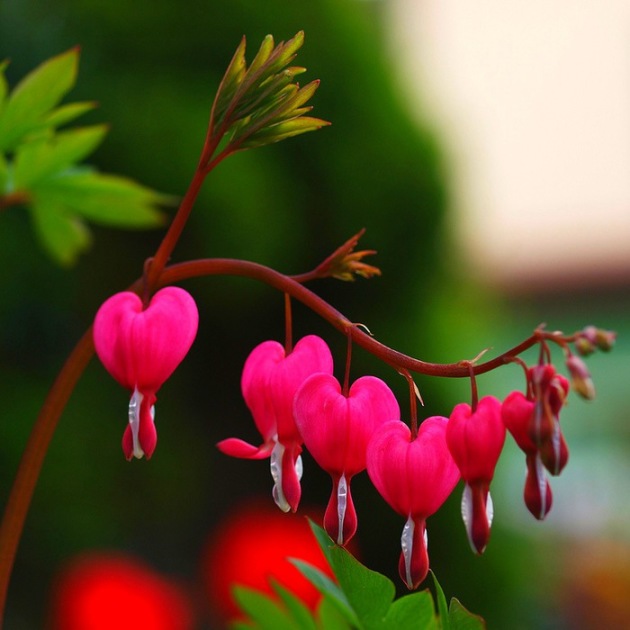
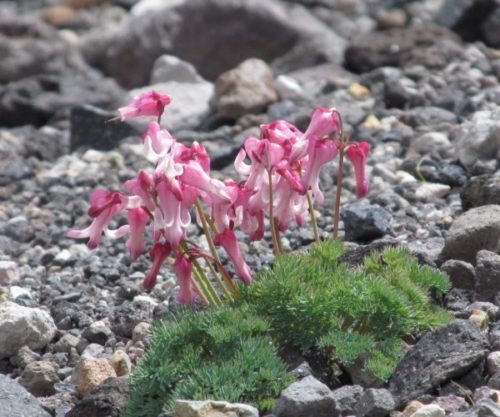
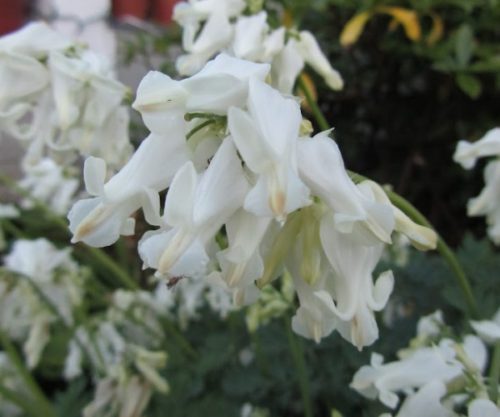
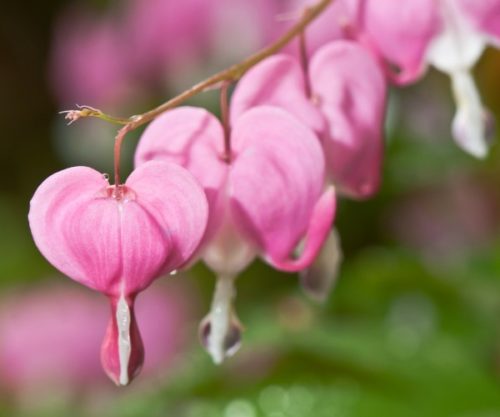
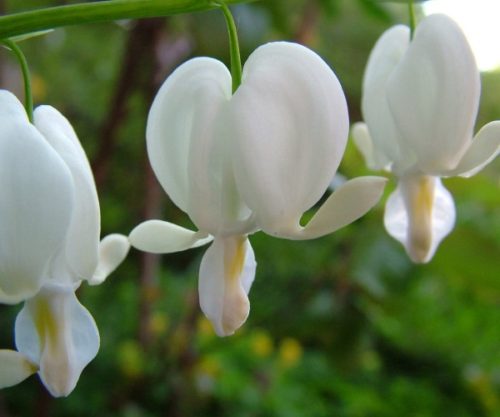
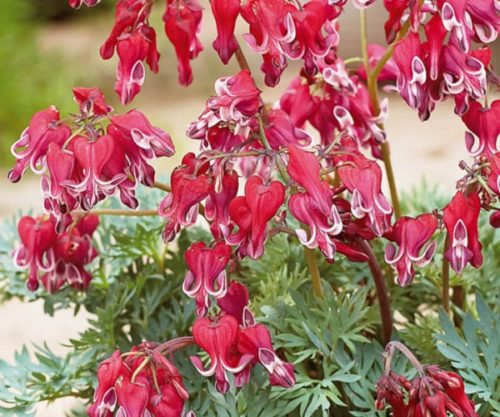
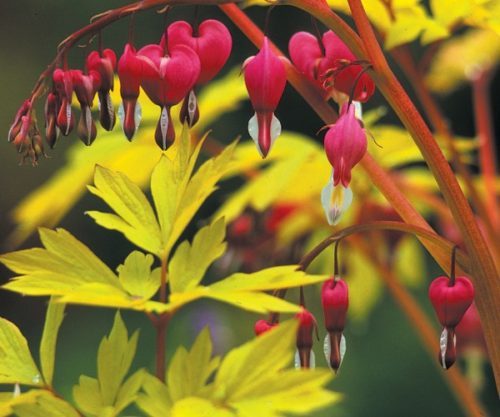












 Start a discussion ...
Start a discussion ...